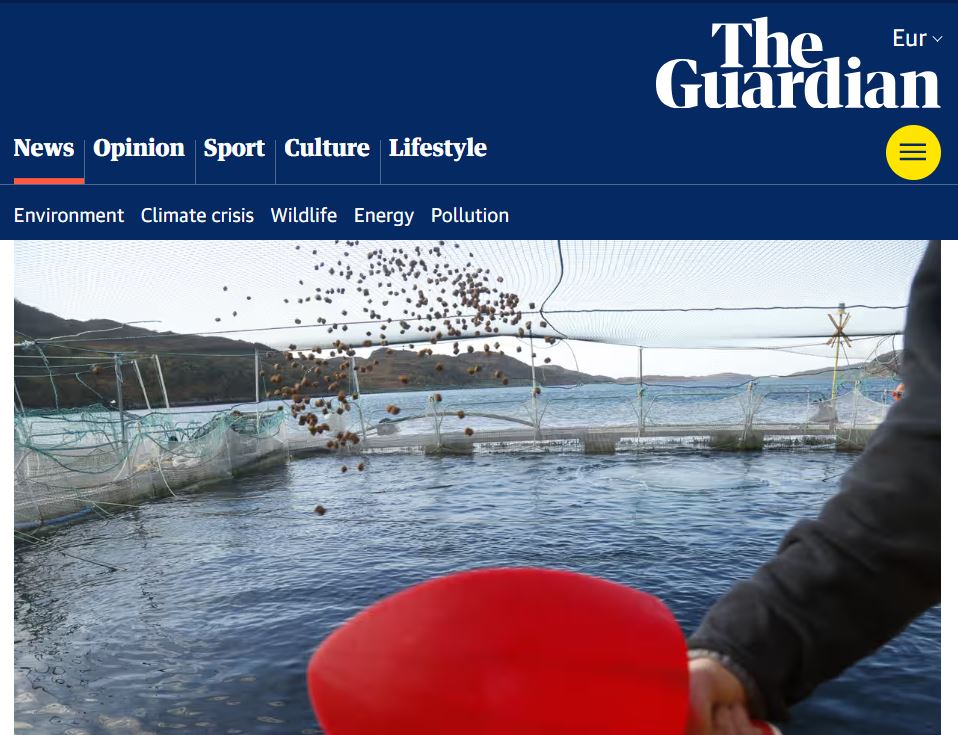 Sjókvíaeldi á laxi skapar minna af næringu fyrir fólk en þarf til framleiðslunnar.
Sjókvíaeldi á laxi skapar minna af næringu fyrir fólk en þarf til framleiðslunnar.
Til að framleiða eitt kíló af eldislaxi þarf tvö kíló af villtum sjávarafurðum. Til viðbótar er notað soja og önnur næringarefni í fóðrið.
Alls þarf prótein og næringarefni sem myndu duga í þrjár til fjórar máltíðir fyrir fólk til að framleiða eina máltíð af eldislaxi.
Og framleiðendurnir fara svona með eldisdýrin sín einsog sjá má á þessari mynd sem var tekin sjókví Arctic Fish í október 2023.
Sjókvíaeldi á laxi er óboðleg aðferð við matvælaframleiðslu.
Þetta er ótrúlega óábyrg umgengni við villtan fisk.
Guardian fjallaði um ósjálfbærni sjókvíaeldisiðnaðarins árið 2022:
Shoppers’ appetite for salmon is causing millions of tonnes of nutritious mackerel, sardines and anchovies to be wasted as fish feed, according to new research.
Its authors say farming salmon is an inefficient way to produce nutritious seafood, calculating that half to 99% of minerals, vitamins and fatty acids in the wild-caught fish are not retained when fed to farmed Atlantic salmon.
They say removing wild-caught fish from aquaculture feed production and diverting them to human consumption, and farming more carp and fewer salmon, could increase global seafood production by 6.1m tonnes, while leaving 3.7m tonnes of fish in the sea.
…
Feedback, which campaigns for sustainable food supplies, worked with researchers from the universities of Cambridge, Lancaster and Liverpool to investigate feed sources – and the nutrients transferred from them – in the Scottish salmon industry, Britain’s largest food export. They calculated that in a single year, 179,000 tonnes of salmon produced in Scottish aquaculture farms consumed fish meal and fish oil produced from 460,000 tonnes of wild-caught fish, 76% of which was edible.
In their paper, published on the research forum Plos Sustainability and Transformation, they said: “Most edible wild-caught fish species in [fish meal and fish oil] have higher concentrations of key micronutrients than farmed salmon, and for some of these micronutrients, as little as 1% is retained in farmed salmon.
“For calcium, iron, selenium and zinc, 1-28% is retained in farmed salmon. Scottish salmon is often marketed as high in omega-3 fatty acids (EPA and DHA), yet omega-3 concentrations are similar in anchovy, herring, sardine and sprat, and only 49% and 39% of DHA available from wild fish are retained in farmed salmon.”
In 2016, 15m tonnes of wild-caught fish were ground down into fish meal and fish oil, which was directed towards agriculture and aquaculture. According to figures cited in the paper, salmon fishing accounted for 60% of fish oil and 23% of fish meal directed to aquaculture, while producing only 4.5% of the sector’s global output.
…
